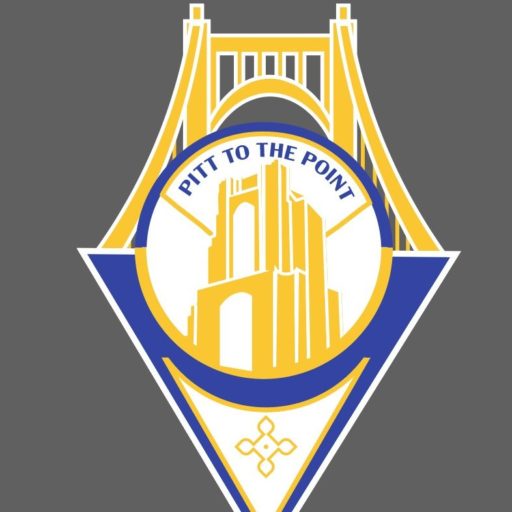CAMBRIDGE, MA – Harvard astronomers have developed a groundbreaking device,
known as the LightSound box, which translates light into sound, enabling individuals to
experience the upcoming solar eclipse through an auditory experience.
According to The New York Times, the LightSound device was pioneered in 2017 by
Allyson Bieryla, an astronomer at Harvard University, in collaboration with Wanda
Díaz-Merced, a blind astronomer who previously worked at the Harvard-Smithsonian
Center for Astrophysics.
The device, approximately the size of a paperback novel, operates by employing a light
sensor to gauge the brightness of the sky. When the brightness is detected, a
microcontroller board deciphers lux ranges, while a synthesizer board generates flute
sounds for intense light, transitioning to clarinet tones as light diminishes, and creating a
clicking noise in darkness.
Users of the LightSound box have the option to utilize headphones or the built-in speaker,
as detailed by the Times.
Díaz-Merced emphasized the inclusivity of the invention, stating: “The sky belongs to
everyone. And if this event is available to the rest of the world, it has to be available for
the blind, too…”
The eagerly anticipated solar eclipse is slated to occur in 15 U.S. states on April 8, with
an estimated 31 million individuals poised to witness the celestial event.
Beginning at 1:27 p.m. CDT in Del Rio, Texas, the eclipse’s totality—the moment when
the sun is obscured by the moon—will span across Texas, Oklahoma, Arkansas,
Missouri, Illinois, Kentucky, Indiana, Ohio, Pennsylvania, New York, Vermont, New
Hampshire, and Maine. Additionally, partial views of the eclipse will be observable in
select areas of Tennessee and Michigan.
The duration of totality will vary, ranging from mere seconds to approximately 4.5
minutes contingent on the observer’s location along the eclipse’s path.

Harvard University [LightSound] Workshop, from Allyson Bieryla

